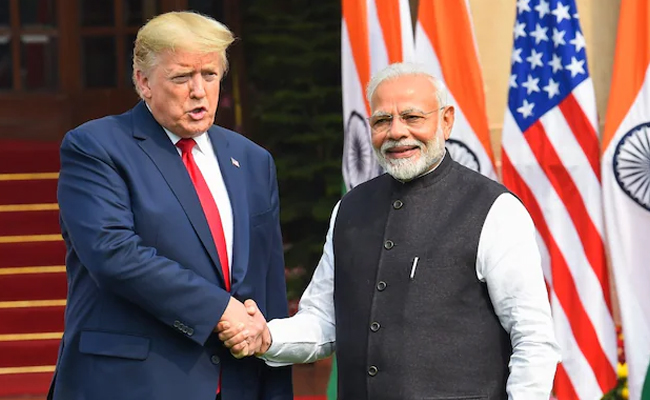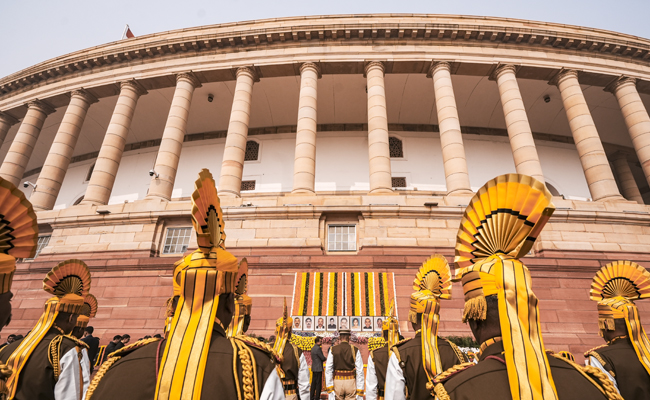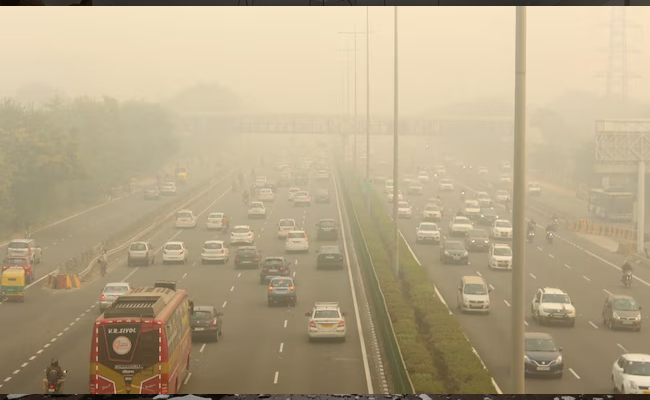New Delhi, May 5: Why does Rahul Gandhi always wear a white T-shirt? The Congress leader has not one but two reasons -- it conveys "transparency" and "simplicity".
Gandhi answers several such light-hearted questions in a more than two-minute video released by the Congress on its social media channels.
In the video captioned "A day campaigning in Karnataka. Some light rapid fire questions and some very illustrious company", Gandhi also talks about his take on the importance of ideology.
"In my view, you cannot go as a large organisation towards power without a clear understanding of the ideology. We have to convince the people of our ideology which is pro-poor, pro-women, plural, treating everybody equally," he says.
"So the fight at an organisational level, at a national level, is always about ideology," asserts Gandhi.
The white T-shirt has been Gandhi's 'trademark' since the Kanyakumari to Kashmir Bharat Jodo Yatra.
Asked why he always wears it, Gandhi says, "Transparency and simplicity and I just don't care much about clothes. I prefer it (to be) simple."
When quizzed on the best part of campaigning, he quips, "When it ends!"
Gandhi says he has been on the road for 70 days, starting with the Bharat Jodo Nyay Yatra, which he clarified wasn't a campaign but involved even more rigorous work.
He likes making speeches during the campaign as it "makes one think about what the country needs", he says in the video.
In the video, Gandhi also asks Congress chief Mallikarjun Kharge what he likes or dislikes in the campaign.
Kharge says, "There is nothing bad. It's good because we are doing this for the country. The one who is spoiling the country, when we work to stop them, we feel good. At least we are doing something for the country."
Karnataka Chief Minister Siddaramaiah also makes an appearance in the video and talks about the importance of ideology.
A day campaigning in Karnataka.
— Rahul Gandhi (@RahulGandhi) May 5, 2024
Some light rapid fire questions and some very illustrious company. pic.twitter.com/xHoqK3AF5T
Let the Truth be known. If you read VB and like VB, please be a VB Supporter and Help us deliver the Truth to one and all.
New Delh (PTI) The Congress on Saturday said it is perhaps not very surprising that India is not part of a US-led strategic initiative to build a secure silicon supply chain, given the "sharp downturn" in the Trump-Modi ties, and asserted that it would have been to "our advantage if we had been part of this group".
Congress general secretary in charge of communications Jairam Ramesh took a swipe at Prime Minister Narendra Modi, saying the news of India not being part of the group comes after the PM had enthusiastically posted on social media about a telephone call with his "once-upon-a-time good friend and a recipient of many hugs in Ahmedabad, Houston, and Washington DC".
In a lengthy post on X, Ramesh said, "According to some news reports, the US has excluded India from a nine-nation initiative it has launched to reduce Chinese control on high-tech supply chains. The agreement is called Pax Silica, clearly as a counter to Pax Sinica. The nations included (for the moment at least) are the US, Japan, the Republic of Korea, Singapore, the Netherlands, the United Kingdom, Israel, the United Arab Emirates, and Australia."
"Given the sharp downturn in the Trump-Modi ties since May 10th, 2025, it is perhaps not very surprising that India has not been included. Undoubtedly, it would have been to our advantage if we had been part of this group."
"This news comes a day after the PM had enthusiastically posted on his telephone call with his once-upon-a-time good friend and a recipient of many hugs in Ahmedabad, Houston, and Washington DC," the Congress leader asserted.
The new US-led strategic initiative, rooted in deep cooperation with trusted allies, has been launched to build a secure and innovation-driven silicon supply chain.
According to the US State Department, the initiative called 'Pax Silica' aims to reduce coercive dependencies, protect the materials and capabilities foundational to artificial intelligence (AI), and ensure aligned nations can develop and deploy transformative technologies at scale.
The initiative includes Japan, South Korea, Singapore, the Netherlands, the United Kingdom, Israel, the United Arab Emirates, and Australia. With the exception of India, all other QUAD countries -- Japan, Australia and the US -- are part of the new initiative.
New Delhi will host the India-AI Impact Summit 2026 on February 19-20, focusing on the principles of 'People, Planet, and Progress'. The summit, announced by Prime Minister Narendra Modi at the France AI Action Summit, will be the first-ever global AI summit hosted in the Global South.
Prime Minister Modi and US President Trump on Thursday discussed ways to sustain momentum in the bilateral economic partnership in a phone conversation amid signs of the two sides inching closer to firming up a much-awaited trade deal.
The phone call between the two leaders came on a day Indian and American negotiators concluded two-day talks on the proposed bilateral trade agreement that is expected to provide relief to India from the Trump administration's whopping 50 per cent tariffs on Indian goods.
In a social media post, Modi had described the conversation as "warm and engaging".
"We reviewed the progress in our bilateral relations and discussed regional and international developments. India and the US will continue to work together for global peace, stability and prosperity," Modi had said without making any reference to trade ties.





